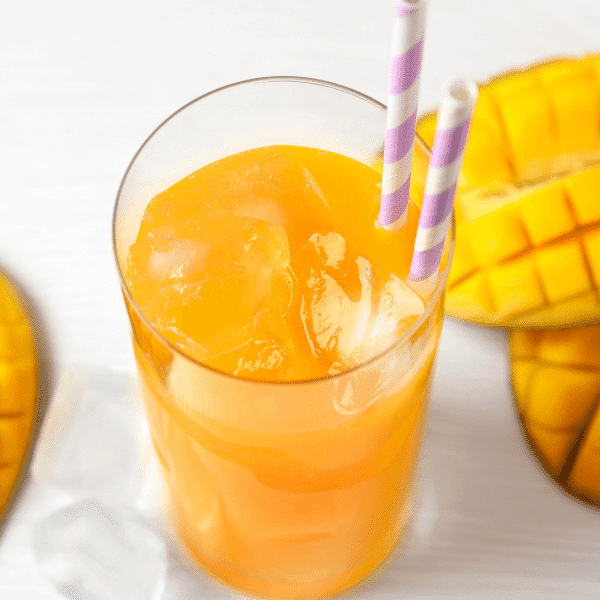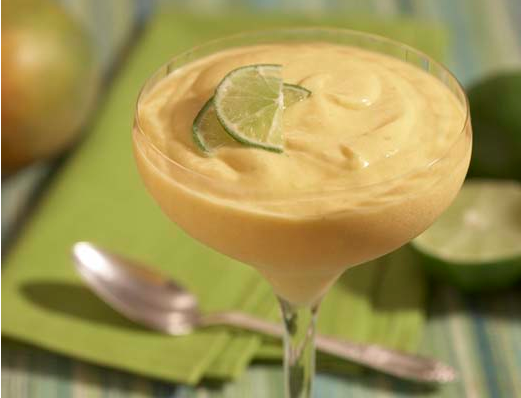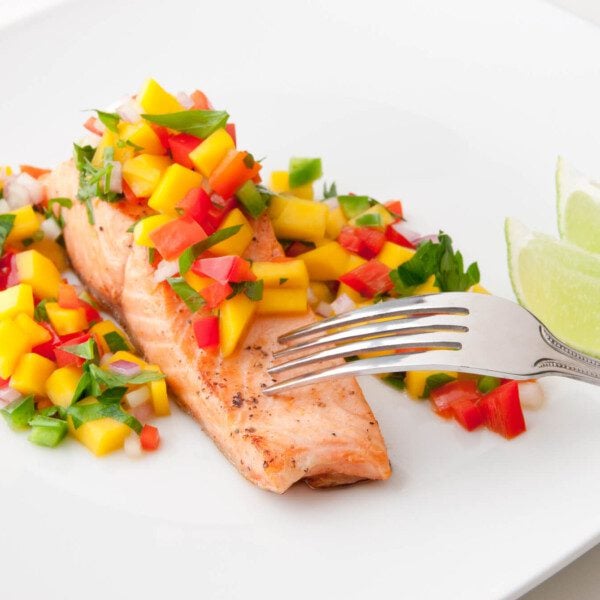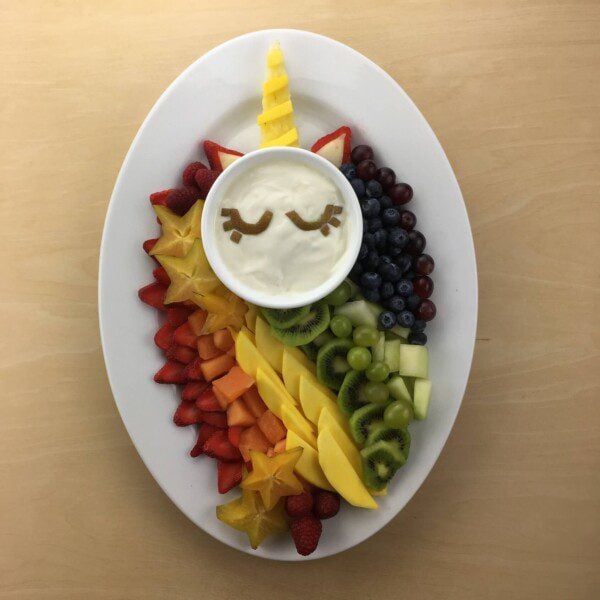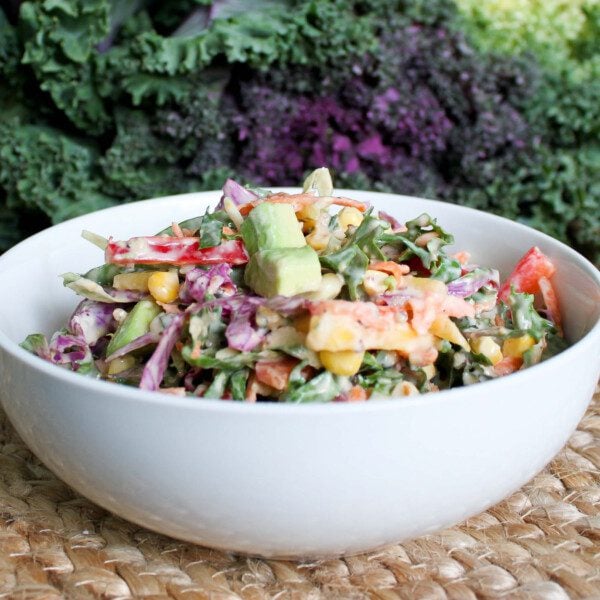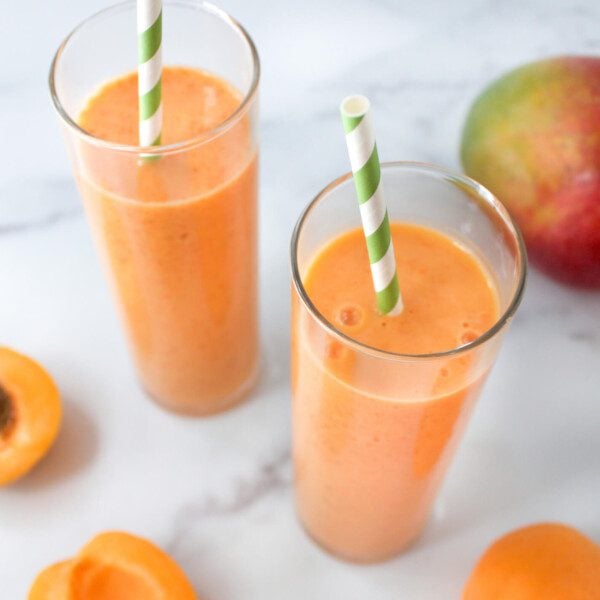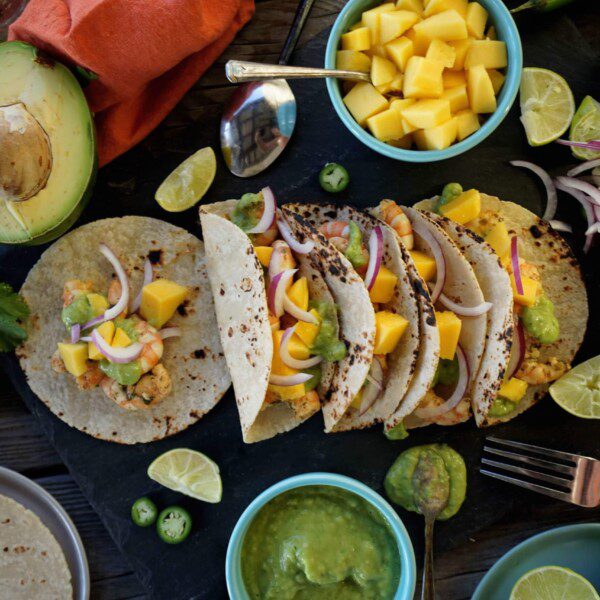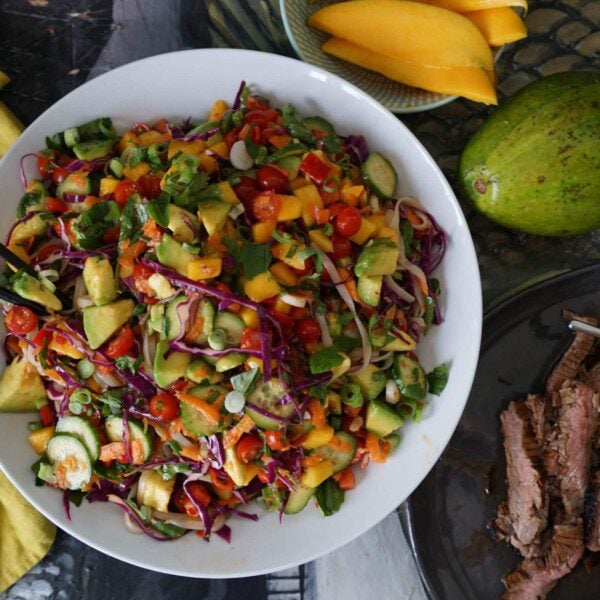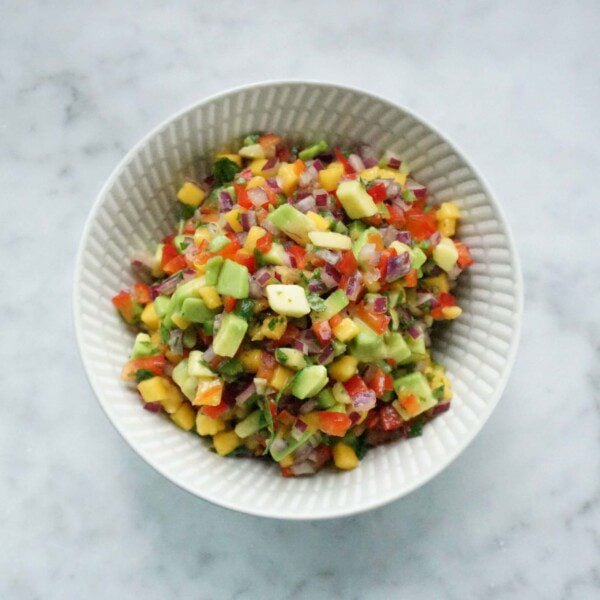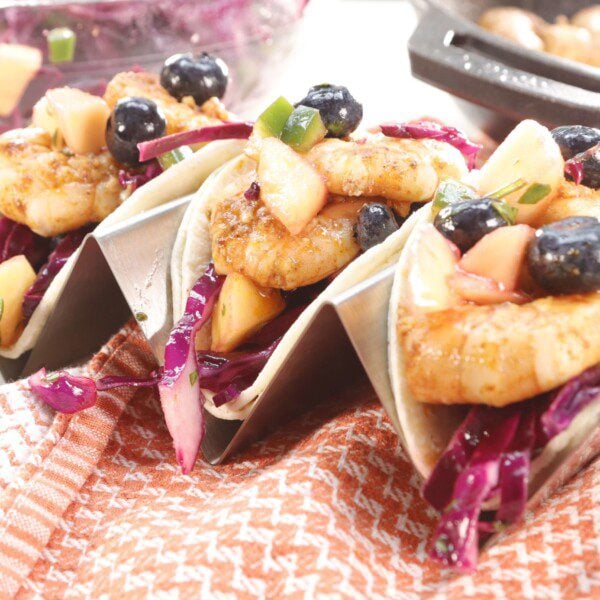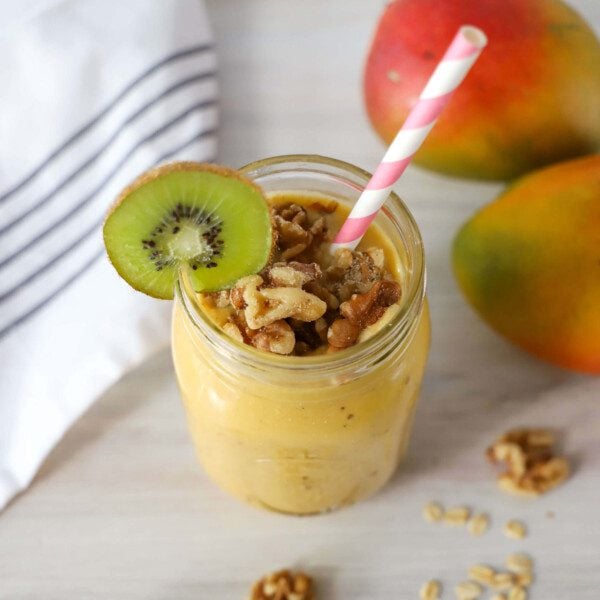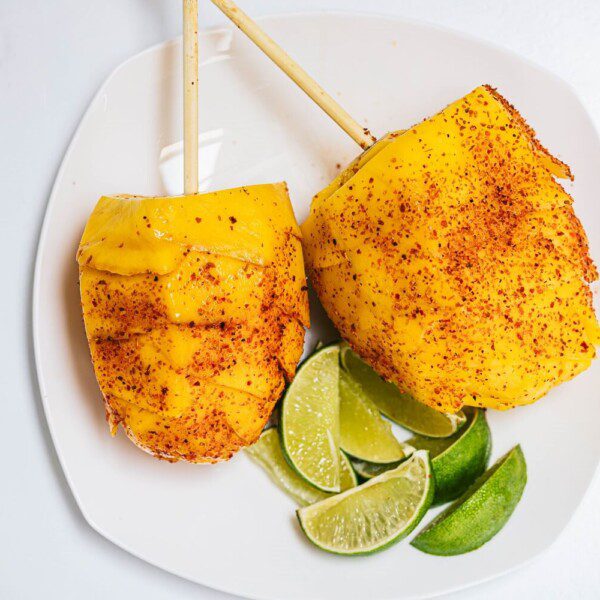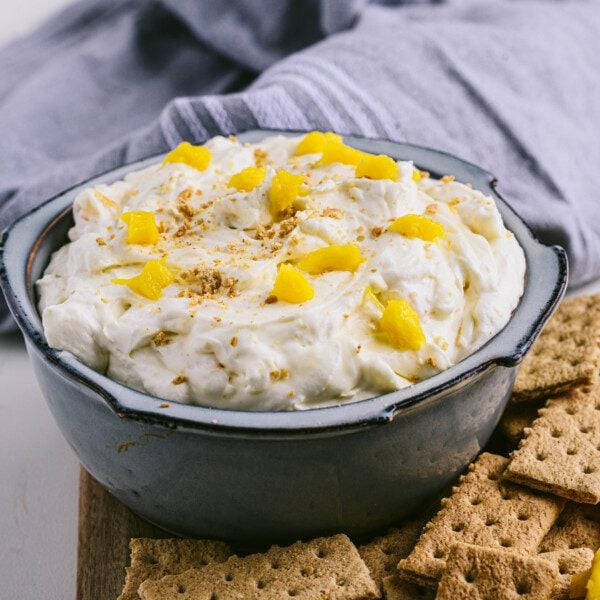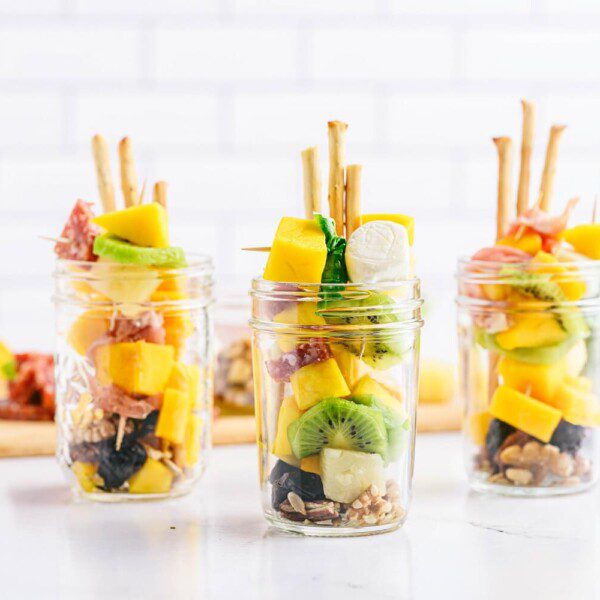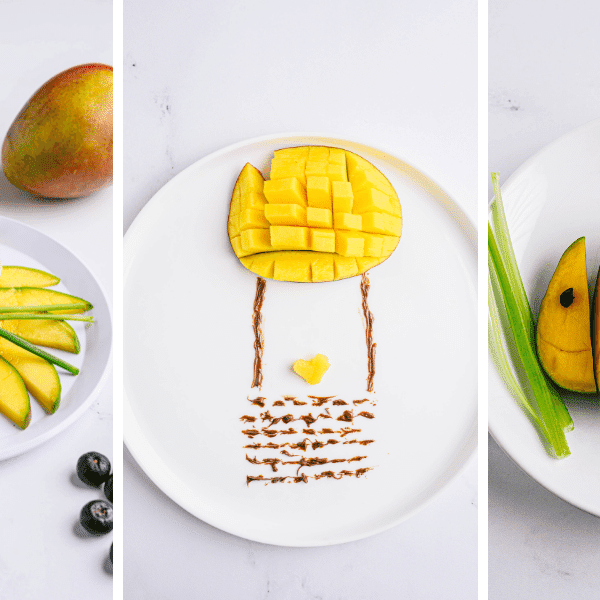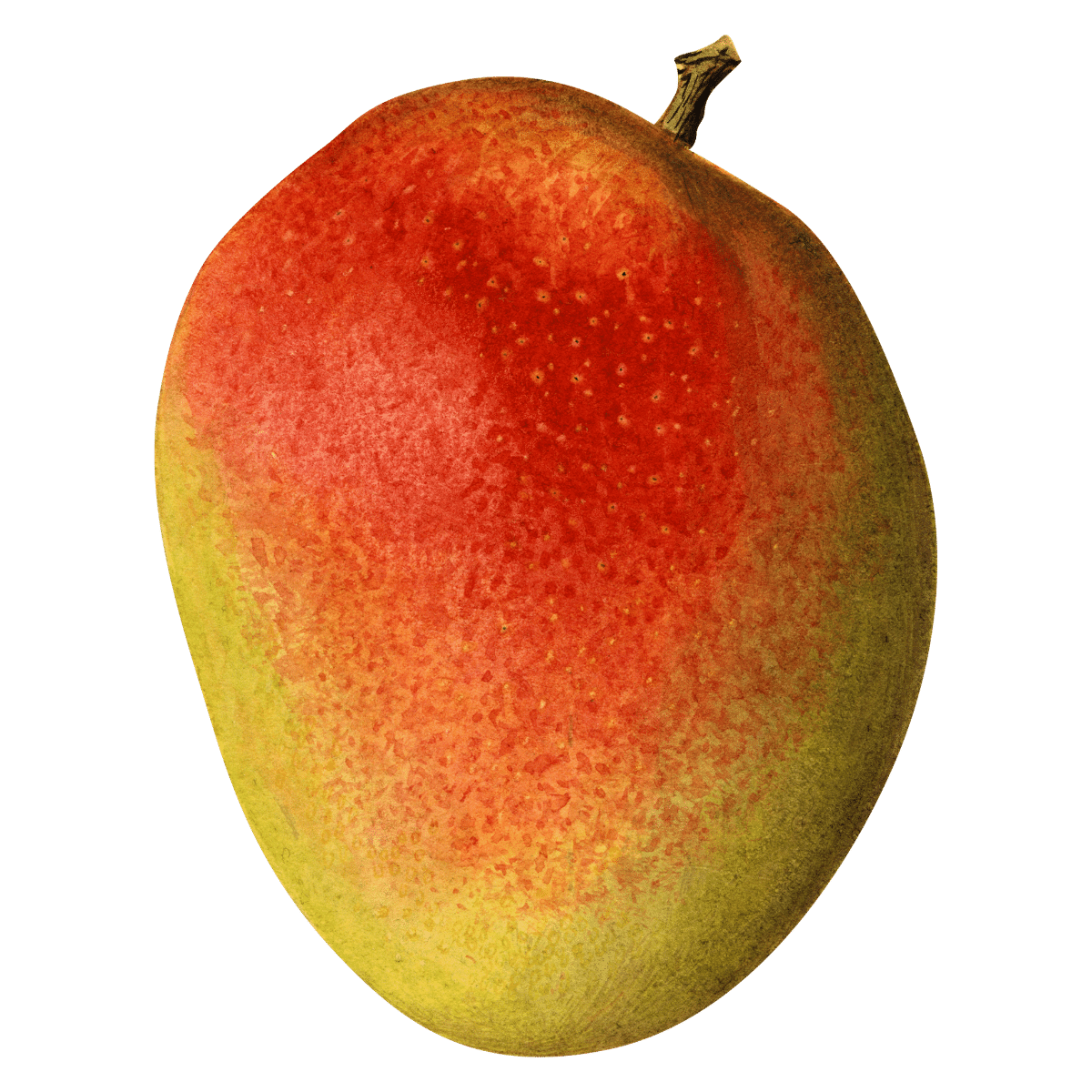
How to Select Mangos
- Select a mango that is plump, free from blemishes, and heavy for its size.
- Color is not an indicator of ripeness. Instead, gently squeeze on the mango. A ripe mango will yield slightly to pressure, similarly to peaches or avocados. Remember, focus on feel not on color when selecting mangos.
- Ripe mangos may also have a fruity aroma, particularly around their stems.
When are Mangoes in Season?
The best season to eat mangoes in the US is typically from May to September, with peak availability in June and July. The US imports its mangoes from countries like Mexico, Peru, Ecuador, and Brazil. You can find mangoes year-round in the store, but they will be at their best in the summer.
Varieties of Mangoes
There are over 500 different mango varieties worldwide. Mangoes grow in tropical and subtropical regions, with India, China, and Thailand being the largest producers. The most popular varieties of mangoes sold in the US are:
- Ataulfo Mango: A small, golden yellow mango slightly oblong with a soft and creamy texture. It has a sweet and buttery flavor with hints of honey and vanilla.
- Tommy Atkins Mango: A medium to large mango with bright red and green skin that turns dark red when ripe. The flesh is juicy, slightly fibrous, and has a sweet and tropical flavor. It is the most widely grown mango in the world.
- Haden Mango: A medium to large mango with bright red and yellow skin. The flesh is fiber-free. It has a rich, sweet flavor with hints of peach and melon.
- Kent Mango: A larger mango with green and yellow skin that turns red and orange when ripe. The flesh is juicy and fiber-free. It has a sweet, tangy flavor with hints of apricot and pineapple.
- Keitt Mango: Another large mango with green skin that turns yellow when it ripens. The flesh is fiber-free and has a sweet flavor that hints of lime and berry.
Mangoes Nutrition Facts & Benefits
Mangoes are tropical fruit chock full of vitamins and nutrients. Here are the nutritional facts for one cup serving of mangoes:
- Approx 99 calories
- 0.6 grams of fat
- 1 gram of protein
- 25 grams of carbohydrates
- 23 grams of natural sugar
- 3 grams of fiber
Here are proven ways that mangoes can benefit your health:
- Mangoes have 67% of your daily value of vitamin C, helping protect cells from damage and supports immune function.
- Eating mango can help regulate your blood sugar levels, reducing your risk for diabetes.
- Mangoes contain a super antioxidant called mangiferin which promotes a healthy heart.
How to Store Mangos
How To Store An Unripe Mango: Unripe mangos can be stored at room temperature. To speed up the ripening process, place the mango in a brown paper bag, roll it closed, and let it sit at room temperature for two days.
How To Store A Ripe Mango: Once a mango is ripe, either eat it right away or store it in the refrigerator to slow down the ripening process and extend its lifespan. Whole, ripe mangos can be stored in the refrigerator for up to five days.
How To Freeze Mango: Peel and cube mangos and flash freeze on a cookie sheet. Once the mango cubes are frozen through, about one to two hours, transfer to an airtight container or freezer bag and freeze for up to six months.
How to Prepare Mangoes
Mangoes are a delicious tropical fruit that kids love to eat. Here are the best ways to prepare mangoes:
- Sliced: Mangoes can be a trick to slice. To slice a mango, cut the fruit lengthwise on either side of the pit and score the flesh in a criss-cross pattern before turning it inside out.
- Pureed: Mango puree is ideal for smoothies, sorbets, and desserts. To puree a mango, simply blend the flesh with water or juice until smooth.
- Grilled: Grilled mangoes are a deliciously sweet and smoky side dish. To grill a mango, brush the fruit with some oil and cook on a grill until charred on both sides.
- Salsas: Mangoes make great salsas and chutneys. Mango salsa typically contains chopped mango, onion, jalapeno, and lime juice, while mango chutney is made with mango, vinegar, sugar, and spices.
How to Serve Mangos
Recipes
Mango Agua Fresca
Recipes
Mango and Lime Whip
Recipes
Mango Salsa
Party Trays
Unicorn Fruit Tray
Recipes
Mango Jarcuterie
Food Art
